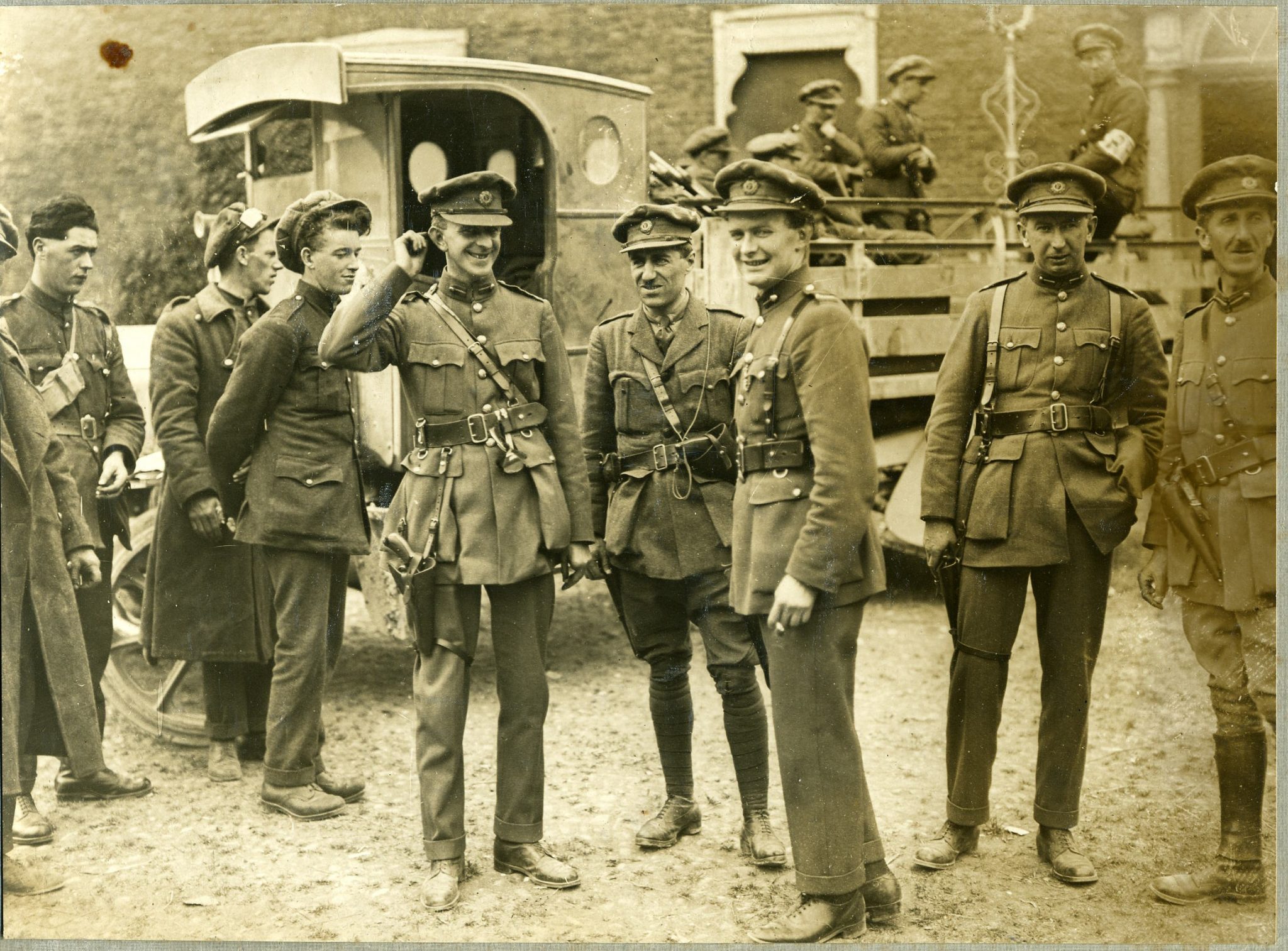‘Hearts with one purpose alone / Through summer and winter seem / Enchanted to a stone / To trouble the living stream.’ So wrote Yeats of the Easter Rising in ‘Easter, 1916’, the poem from whose first line Roy Foster’s most recent book, Vivid Faces: The Revolutionary Generation in Ireland 1890–1923, takes its title. Foster’s focus, however, is less on political events than on the men and women who participated in, experienced and interpreted them. And the central argument of this book is that these individuals were not actuated by ‘one purpose alone’. In characteristically elegant and readable prose, Foster paints a rich tableau of pre-revolutionary Ireland, revealing a diversity of aspirations among the future revolutionaries. Political liberation was to be accompanied, for some, by sexual or literary liberation; the boundaries of gender and religious confession were to be reshaped as well as political boundaries.
Foster’s approach is prefigured by his previous books, but is perhaps best summarised by the course description of the revolutionary Ireland further subject that he taught to a generation of Oxford history students. He concentrates on ‘the less conventional aspects of the period’, and uses ‘pamphlets, newspapers, memoirs, polemic, poetry, and fiction’ to create an account in which ‘Yeats [and] Douglas Hyde … are as central as Charles Stewart Parnell … and Eamon de Valera’.
Four chapters of the book are creatively titled ‘Learning’, ‘Playing’, ‘Loving’ and ‘Writing’, discussing respectively the educational, theatrical, romantic and literary milieux of the revolutionaries. Throughout these chapters Foster builds up a recurring cast of characters: pedagogical reformer Patrick Pearse, painter Countess Markiewicz, feminist Kathleen Lynn, antiquarian F. J. Bigger, secularist Hanna Sheehy-Skeffington, and many others. Set among the unconventional figures and eccentrics who populate these pages, the affairs of a Roger Casement appear rather less unique.
These characters belong to overlapping circles. The Plunkett siblings used their family wealth to set up not just a training camp but also a theatre and a commune. Gaelic League camps were less important in teaching Gaelic than in forming friendships and loves. Revolutionary haunts in Dublin are described in detail (the absence of a map of the city is a pity), but small-town and rural Ireland, and Ulster, are also considered.
Foster uses diaries to wonderful effect. We discover unknown sides to well-known figures like Terence MacSwiney, the Lord Mayor of Cork who died of hunger strike in 1920, whom we find writing frenetically of his love of Ibsen and his deeply emotional experience of the Irish countryside. And we receive vivid and often moving insights into the lives of more obscure participants, like Rosemary Jacob, a young Quaker woman whose fears and desires – sexual, social and political – Foster excavates with remarkable sensitivity.
But the idealism of the pre-Revolutionary years is only half the story. Looking back, the Ulster revolutionary Bulmer Hobson remarked: ‘the phoenix of our youth has fluttered down to earth … a miserable old hen’. For Foster, what happened after 1914 was a tragic failure. The diverse hopes of the earlier period were buried by an oppressive conservatism, which, as last week’s referendum reminds us, has frayed only very recently. Why this conservative turn occurred is a question that perturbs Foster, but to which he does not give a definite answer. Here, perhaps, the almost exclusive focus of Vivid Faces on elites is an obstacle. You may not realise it from reading Vivid Faces, but there were more instinctive sectarians in revolutionary Ireland than reasoned secularists, more traditional Catholics than radical feminists.
But we should be grateful for what we have. At his inaugural lecture in Michaelmas, Ian McBride, Foster’s successor in Oxford’s chair in Irish history (now re-named the Foster Professorship in his honour), addressed the question: why study Irish history, especially if you are not Irish? His answer was that Ireland was an instructive case study for those interested in wider themes like violence or revolutions. Very true, as the introduction of Vivid Faces, which considers the Irish Revolution in comparative context, demonstrates. But Vivid Faces also suggests another, for me more compelling answer to the question. It is the richness and intrinsic interest that it reveals of the experiences and feelings of Irish men and women and how they gave expression to these – the capacity of this island to produce far more of the zest of living, learning, loving, playing, writing, fighting and remembering than its size would warrant. To paraphrase Samuel Johnson, if you are tired of Ireland and Irish history, you must be tired of life itself.



